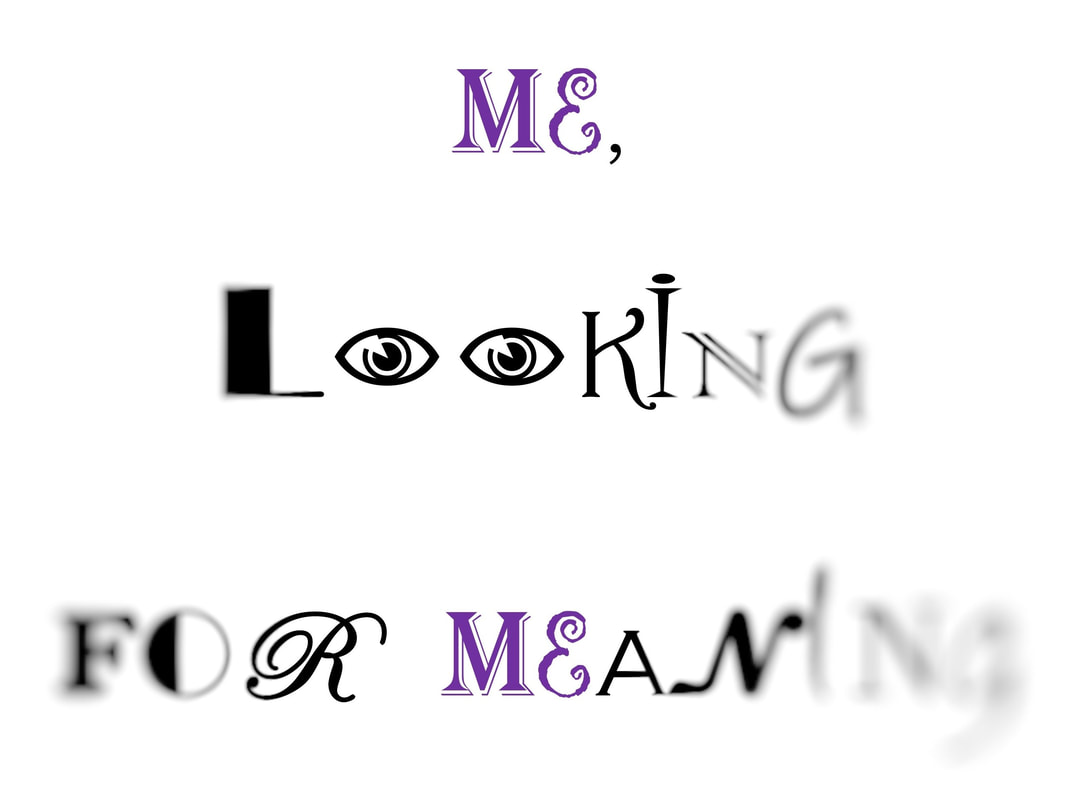Human thinking
PAGE IN PROGRESS
What you see here is a page of my hypertext book Me, Looking for Meaning. Initially empty, it will slowly be filled with thoughts, notes, and quotes. One day, I will use them to write a coherent entry, similar to these completed pages. See this post to better understand my creative process. Thank you for your interest and patience! :)
What you see here is a page of my hypertext book Me, Looking for Meaning. Initially empty, it will slowly be filled with thoughts, notes, and quotes. One day, I will use them to write a coherent entry, similar to these completed pages. See this post to better understand my creative process. Thank you for your interest and patience! :)
We look for meanings because this is how human brain works
patterns of thinking - gum ball machine
We don’t know where our patters of thinking come from, we don’t know how they impact ourselves and others
Nonlinear thinking - associative thinking
About this project: Start page
patterns of thinking - gum ball machine
We don’t know where our patters of thinking come from, we don’t know how they impact ourselves and others
Nonlinear thinking - associative thinking
About this project: Start page
